Mona and Owen Vogel
Living with Juvenile Tay-Sachs Disease: Building a Life that Matters
Mona and Owen Vogel
Living with Juvenile Tay-Sachs Disease: Building a Life that Matters
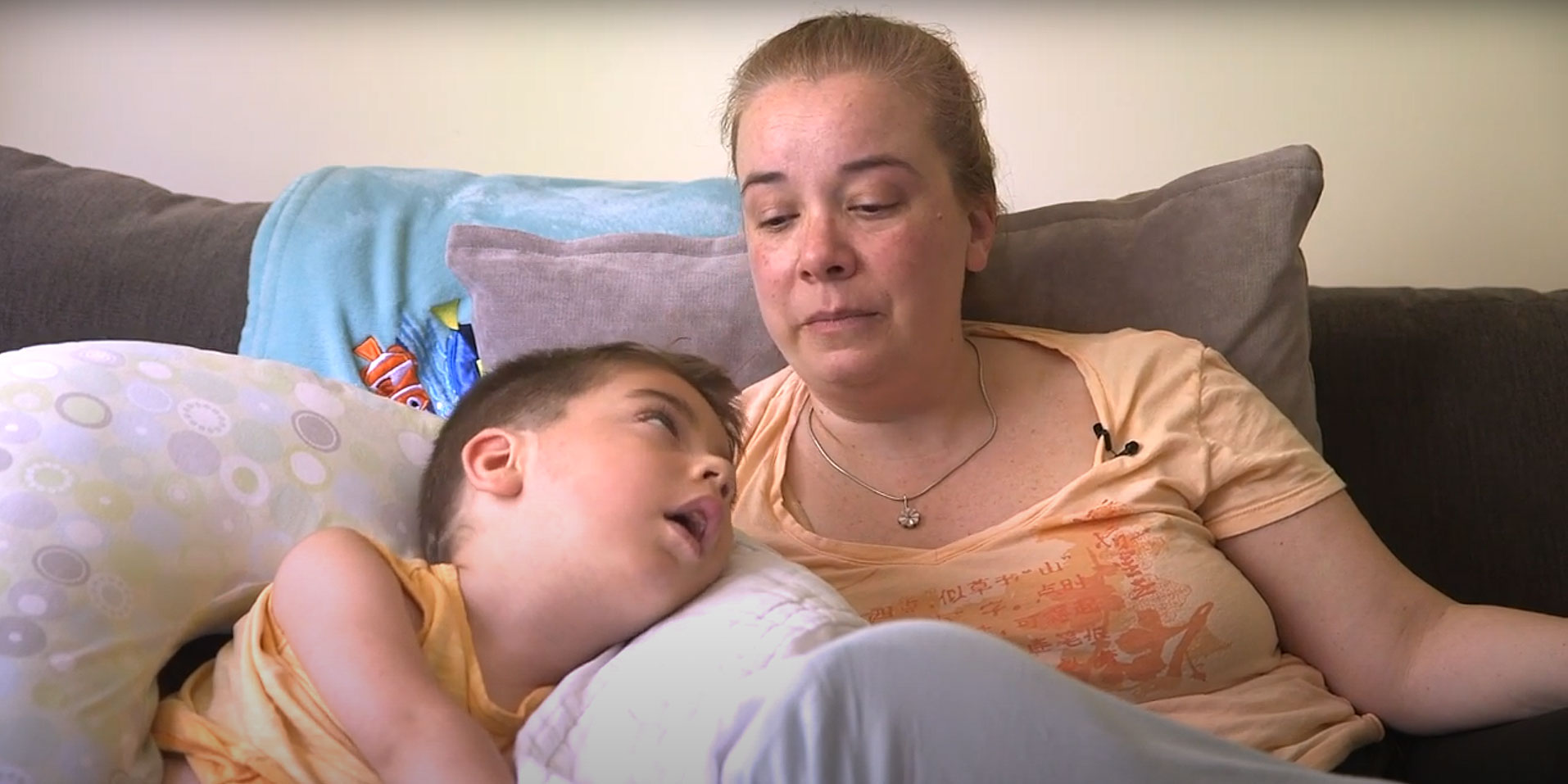
At the age of 41, Mona Vogel fulfilled her dream of becoming a mother. Single, she did it on her own through donor conception. Mona did everything she could to ensure a healthy pregnancy—drank wheat grass and started yoga, took prenatal vitamins, avoided caffeine, and stopped dyeing her hair.
Her son, Owen, was born in December 2012.
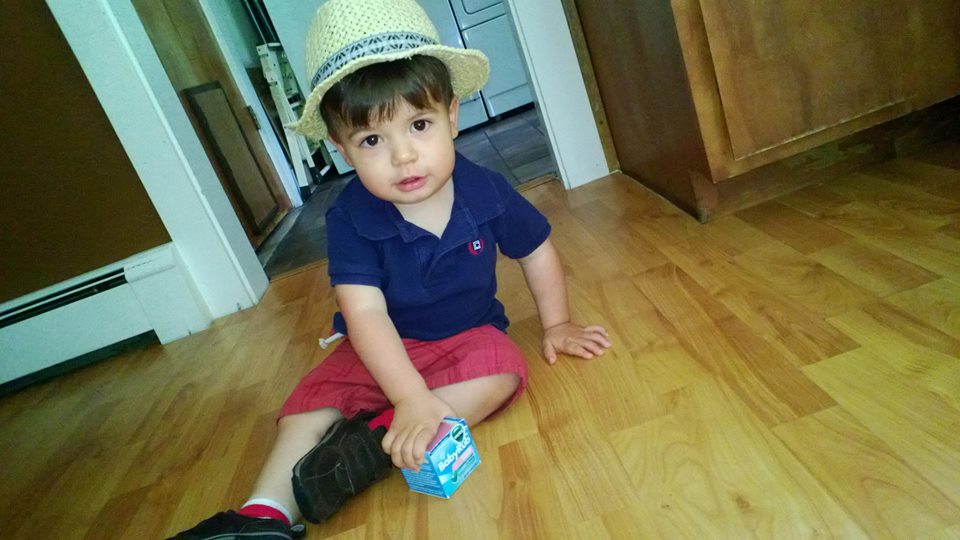
Mona devoted all her time and energy to raising her little boy. As a single mom, she didn’t have help taking out the trash or preparing meals. She and Owen were a cozy family unit of two.
Owen is a sweet, optimistic, and social child. A people person with a gift for connecting with others—family, friends, even strangers. By the age of three, Mona recalls that Owen knew his numbers and colors in both English and Spanish, but he struggled with shape-sorting toys geared especially for toddlers.

Mona first took Owen to the pediatrician because she was concerned that he wasn’t gaining weight. He had been in the 90th percentile for height and weight consistently during his first 18 months. But between the ages of two and three, Owen dropped down to the 80th percentile and then plummeted to less than the 50th percentile. The pediatrician dismissed Mona’s concerns, but she found the nurse practitioner took them seriously.
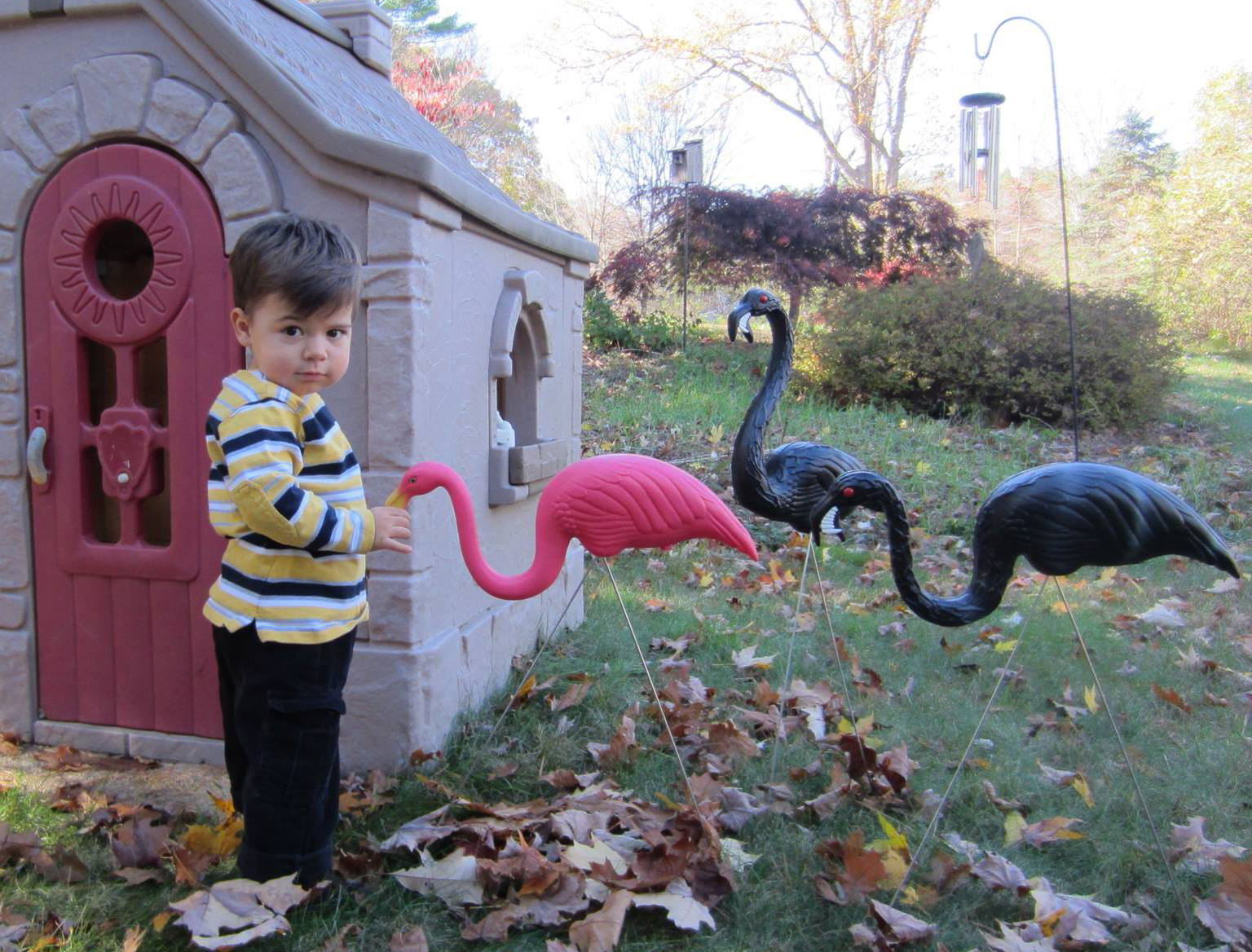
I Can’t Feel My Legs
While Owen’s weight gain slowed, the little boy also started falling. The first time it happened, Owen was following Mona around a corner. She thought he had misjudged the corner and slipped.
But Owen kept falling.
One of Owen’s favorite toys was a stuffed Olaf doll from the movie, “Frozen”. Whenever Olaf was dropped, the toy would repeat a quote from the movie. Owen would keep dropping Olaf until the snowman said, “I can’t feel my legs.”
Looking back, Mona says, “Owen was trying to tell me why he was falling.”
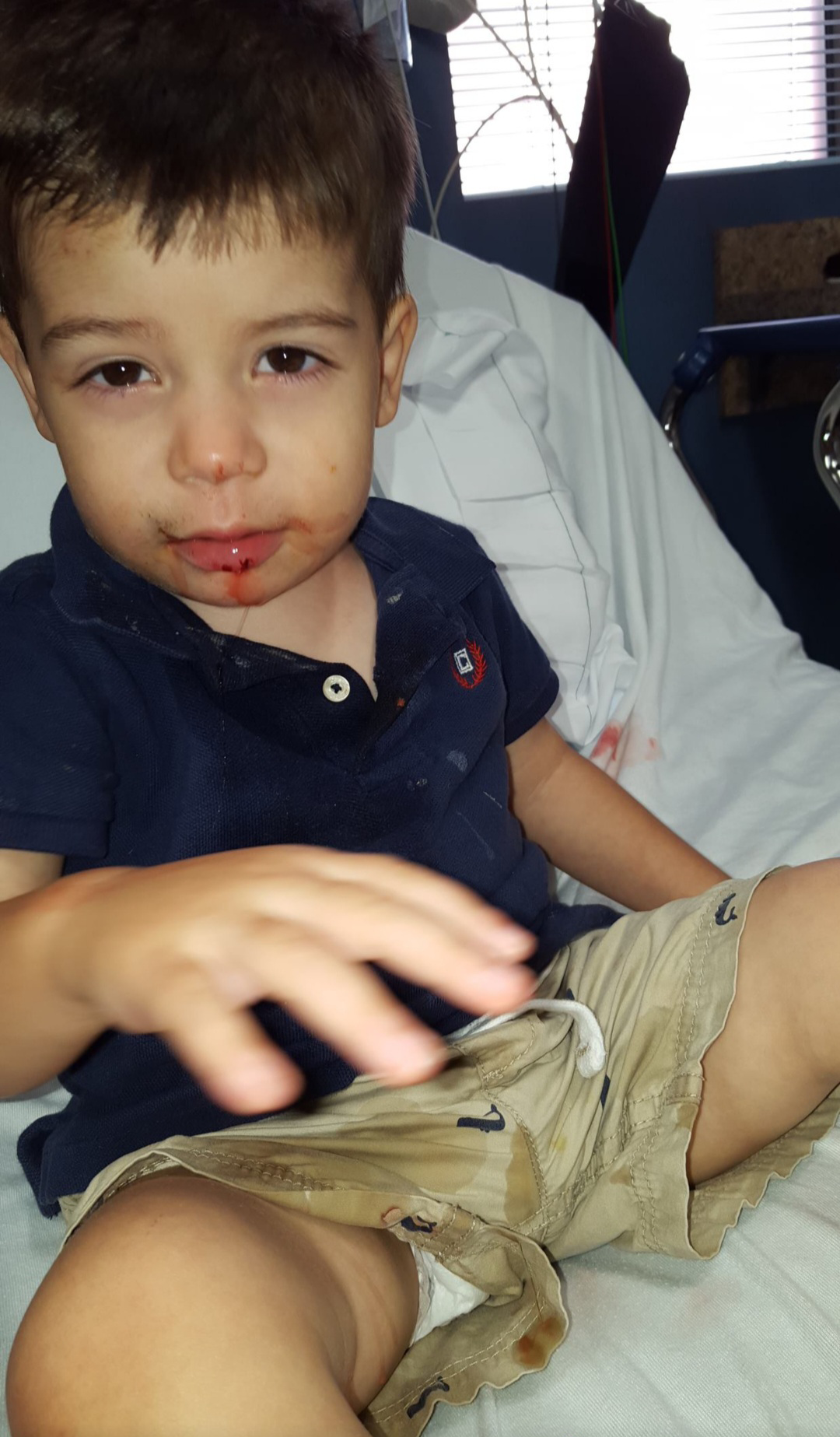
One night, Mona went to Owen’s room to tuck him in and found him immobile in bed, staring at the ceiling. “I think he was probably having a seizure, but I didn’t know it at the time,” says Mona. She tried to shake him out of it, and when he didn’t respond, Mona started to panic. Without warning, Owen recovered and seemed like himself again. When Mona bent down for a hug, Owen reached out to choke her, then realized what he was doing and dissolved into tears.
Mona didn’t know it at the time, but aggression is often seen in children with juvenile Tay-Sachs disease.
She contacted her nurse practitioner right away. Based on Owen’s sudden and dramatic behavior change, the nurse told Mona to go straight to the emergency room so she could get a magnetic resonance imaging (MRI) for Owen.
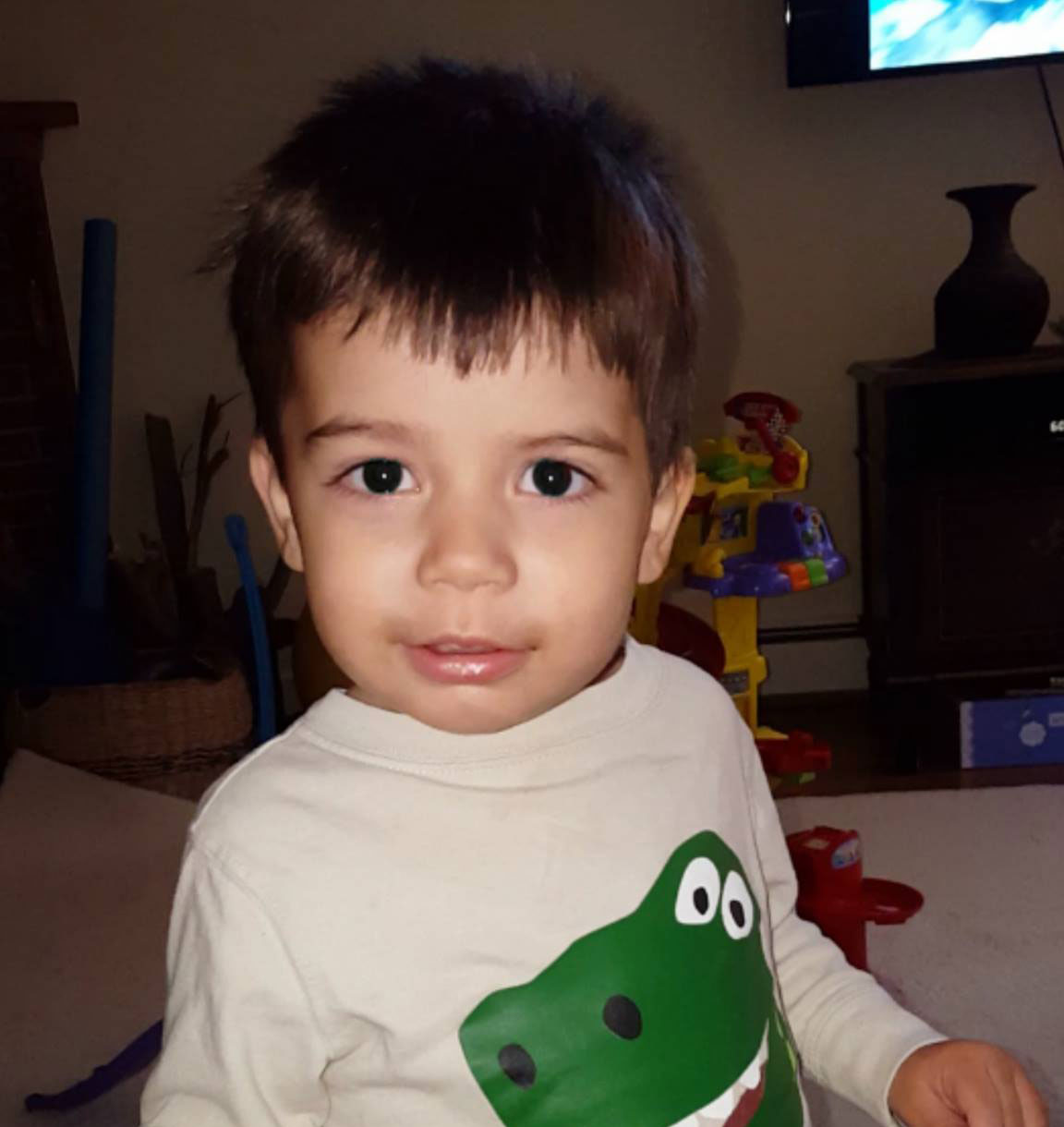
At First, the Hardest Part Was Getting Someone to Believe Me
That visit to the ER marked the beginning of a year of appointments with different doctors, MRIs, spinal taps, and countless other tests. Mona had to advocate hard for Owen. Some healthcare providers dismissed her concerns outright, while others hypothesized that Owen was intellectually delayed. Over the course of 12 months, Owen and Mona travelled from Massachusetts to specialists across the state, in Pennsylvania, and beyond. When none of the tests proved conclusive, Owen underwent a full genome sequence, which finally led to an answer.

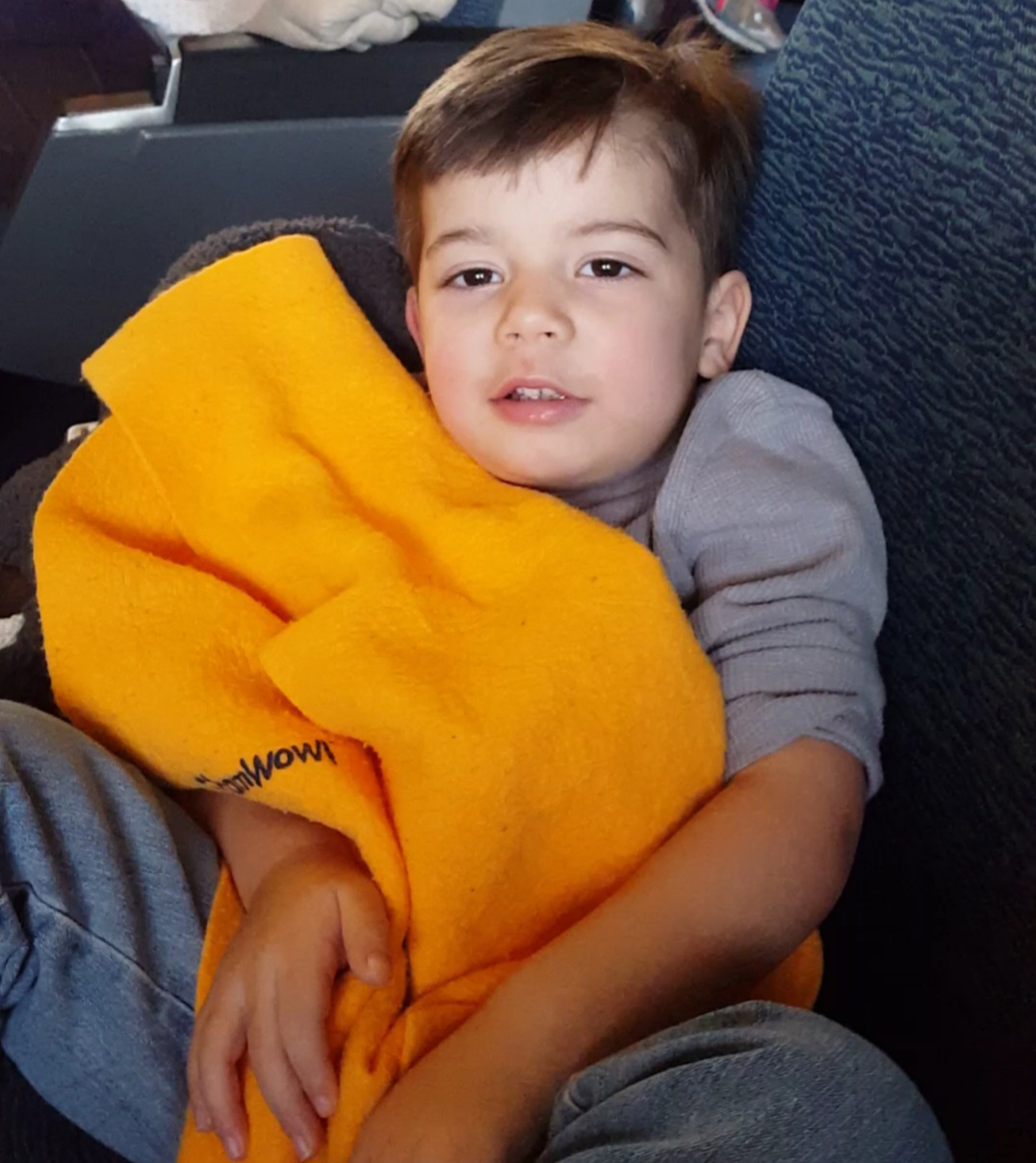
In December 2015, Owen was diagnosed with juvenile Tay-Sachs disease, which is a recessive genetic, neurodegenerative disorder where the absence of the beta-hexosaminidase enzyme causes fatty substances to build up in the brain and nerve cells. There is currently no cure for Tay-Sachs, but there are treatments and therapies available to help manage symptoms. Approximately 30 children in the United States are diagnosed with Tay-Sachs disease every year.
“Owen’s last year of being able to walk and run and enjoy the world the way he wanted was instead spent inside with doctors and specialists,” says Mona. “Had we gotten a diagnosis sooner, that year could have been much better spent.”
Mona was baffled at how few healthcare providers are familiar with Tay-Sachs disease. Ever since Owen was diagnosed, Mona makes a point of approaching residents every time they visit a children’s hospital so she can share what she knows and raise awareness.
“I go up to them and rattle off symptoms like exaggerated startle reflex, unusual MRI,” says Mona. “If I can reach just one resident, I’m happy. Tay-Sachs should be on their radar.”
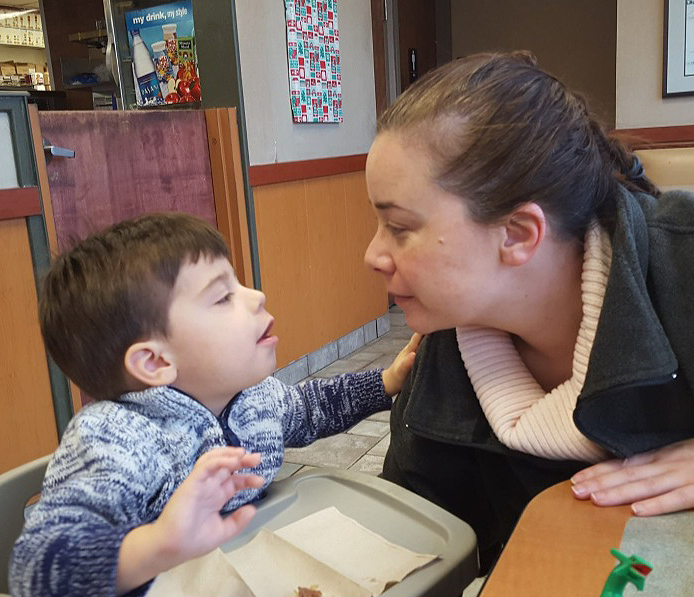
Finding Community at the Annual Family Conference
After Owen was diagnosed, Mona’s family and healthcare providers recommended she connect with other families experiencing Tay-Sachs disease at the National Tay-Sachs and Allied Diseases Association (NTSAD) Annual Family Conference.
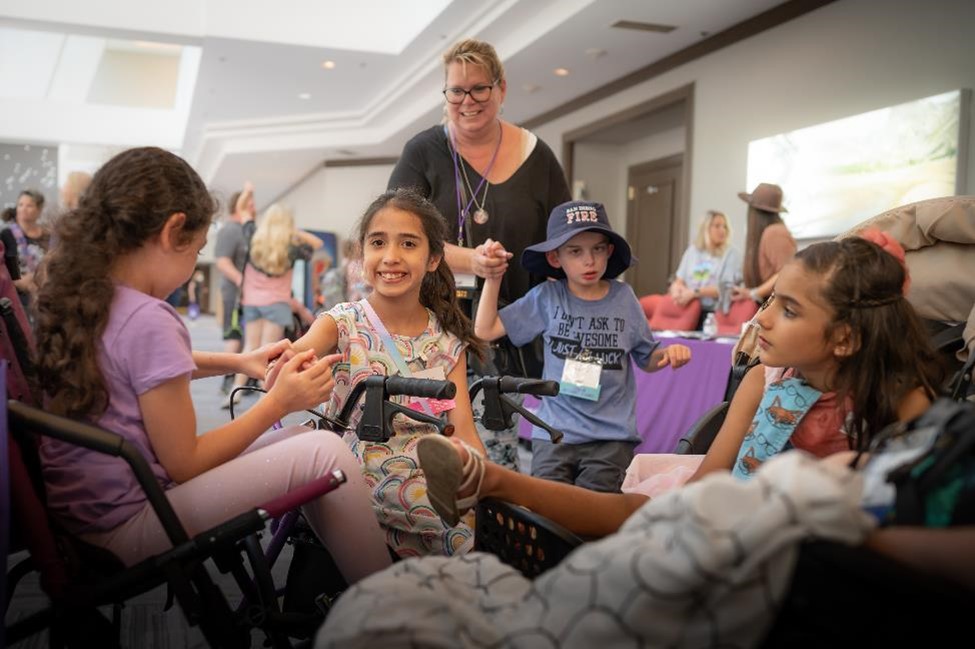
While she understood why they recommended attending, the idea of travelling across the country was too overwhelming.
But then Diana Jussila, NTSAD’s Director of Family Services, reached out directly to Mona and offered to help. She arranged for a Helping Hands grant, which supports qualified individuals and families by covering the cost of registration, meals, and accommodations, so Mona could attend the Conference.
“Diana from NTSAD set it all up, and thank goodness she did, because I couldn’t have,” says Mona. “I was in survival mode at that point. All I had to do was get on a plane, show up, and breathe—which was really all I could do at the time.”
The Conference enabled Mona to make connections with other individuals and families experiencing Tay-Sachs and similar diseases. It was a safe place where the entire spectrum of feelings can be expressed, even grief, anger, and fear.
Back at home, Mona is active on NTSAD’s private Community Facebook group where she asks questions, shares her experiences, and learns from the experiences of others.
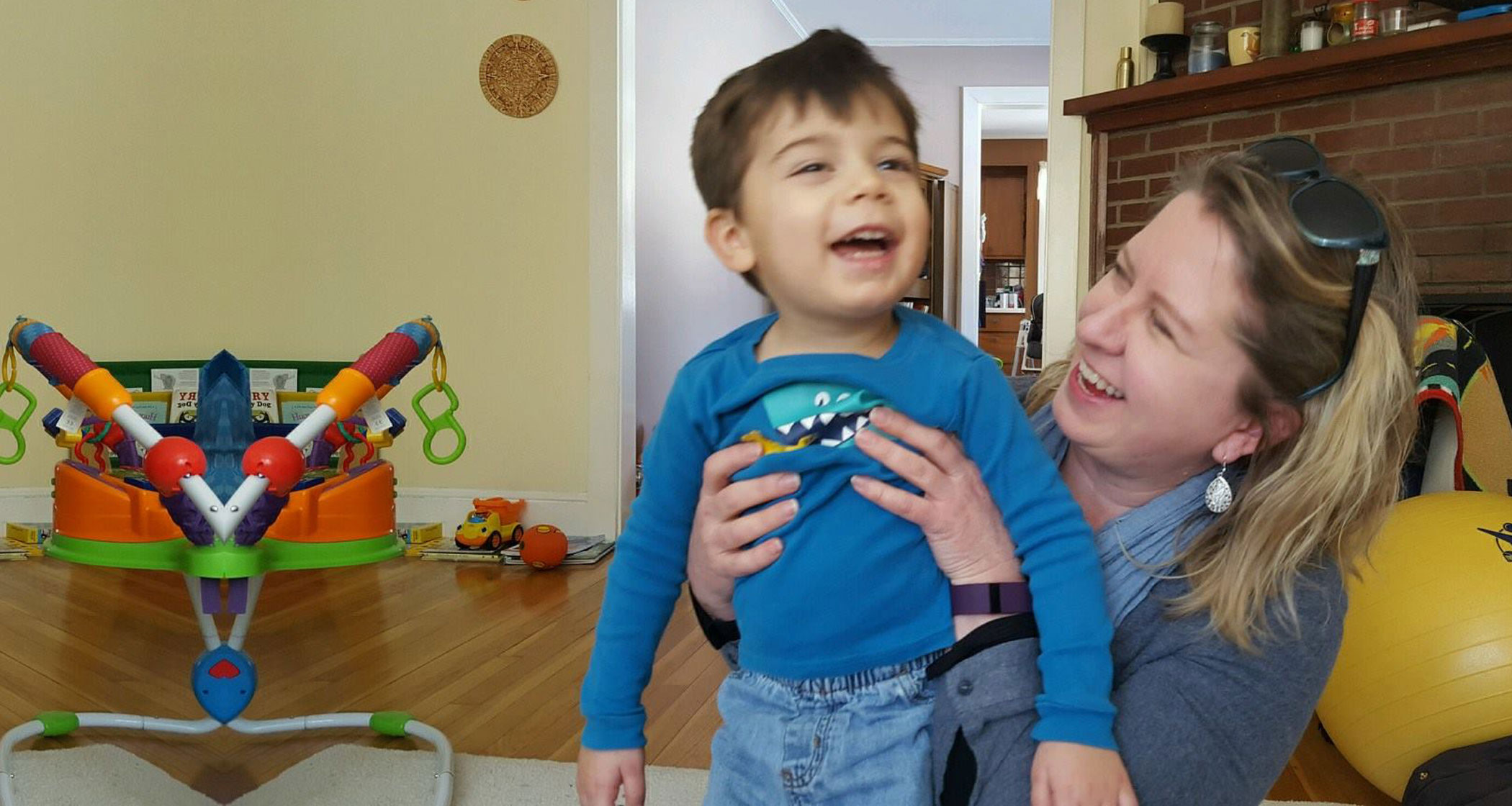
Give Yourself Grace and Time
At the NTSAD Annual Family Conference, Mona encountered someone who told her that it would get easier over time. At first, Mona was taken aback. She couldn’t imagine ever feeling that way. But now, with the perspective of time, the sentiment makes sense to her. Today, Mona takes each day as it comes, giving herself the grace and time to do what she needs to for herself and Owen.
“My life doesn’t look like anybody else’s,” Mona says. “But there’s something about having a child with a rare disease that just shifts your entire life focus.”
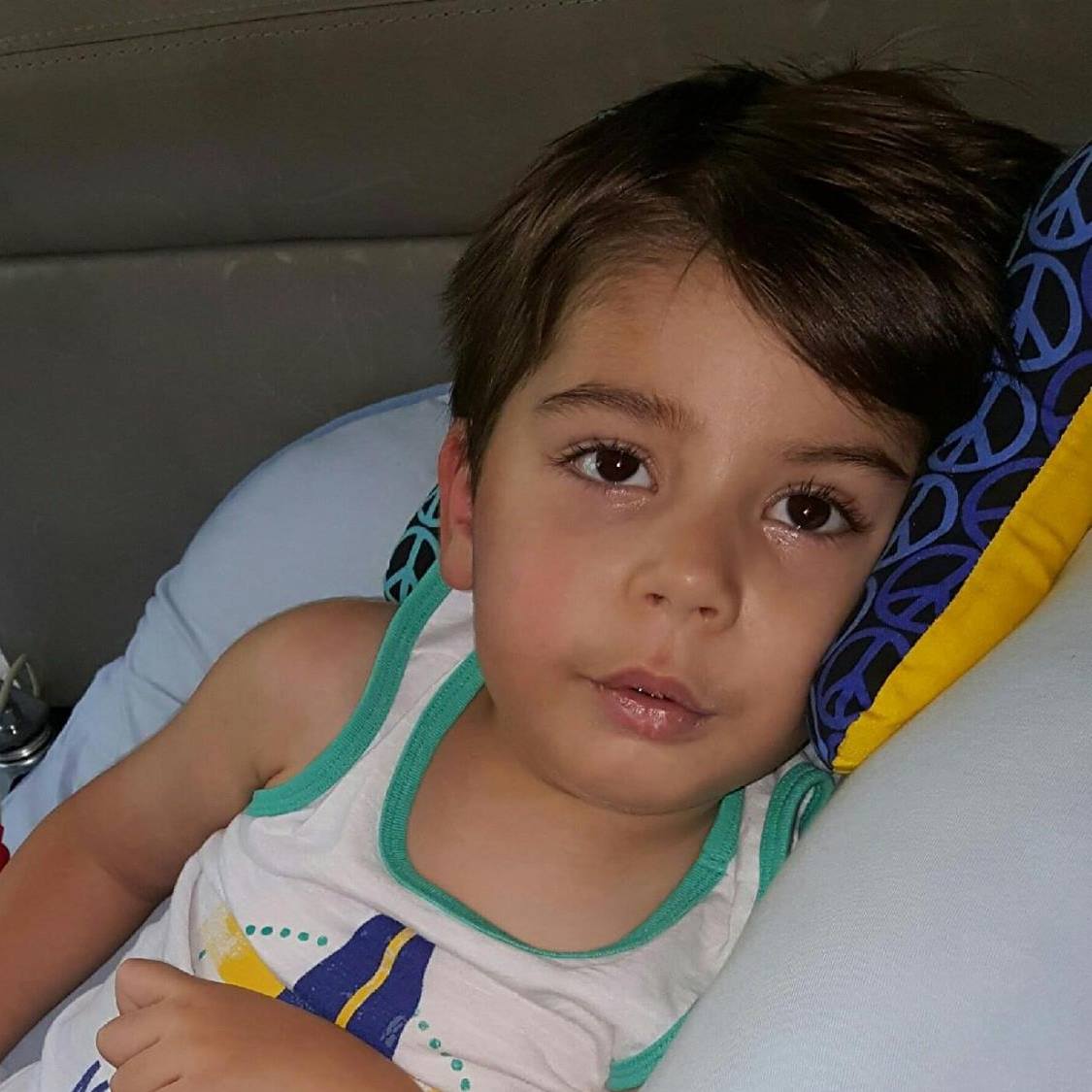
As she speaks, she’s sitting on a Temper-Pedic bed installed in her living room, so Owen never has to sleep alone.
As Owen dozes by her side, Mona reflects on the impact he’s had on the people he meets. She says people immediately fall in love with his big brown eyes and sunny demeanor. “He’s this 10-year-old kid who can’t talk or walk, and he can barely move,” Mona says. “But he’s making a real impact that ripples outward.”
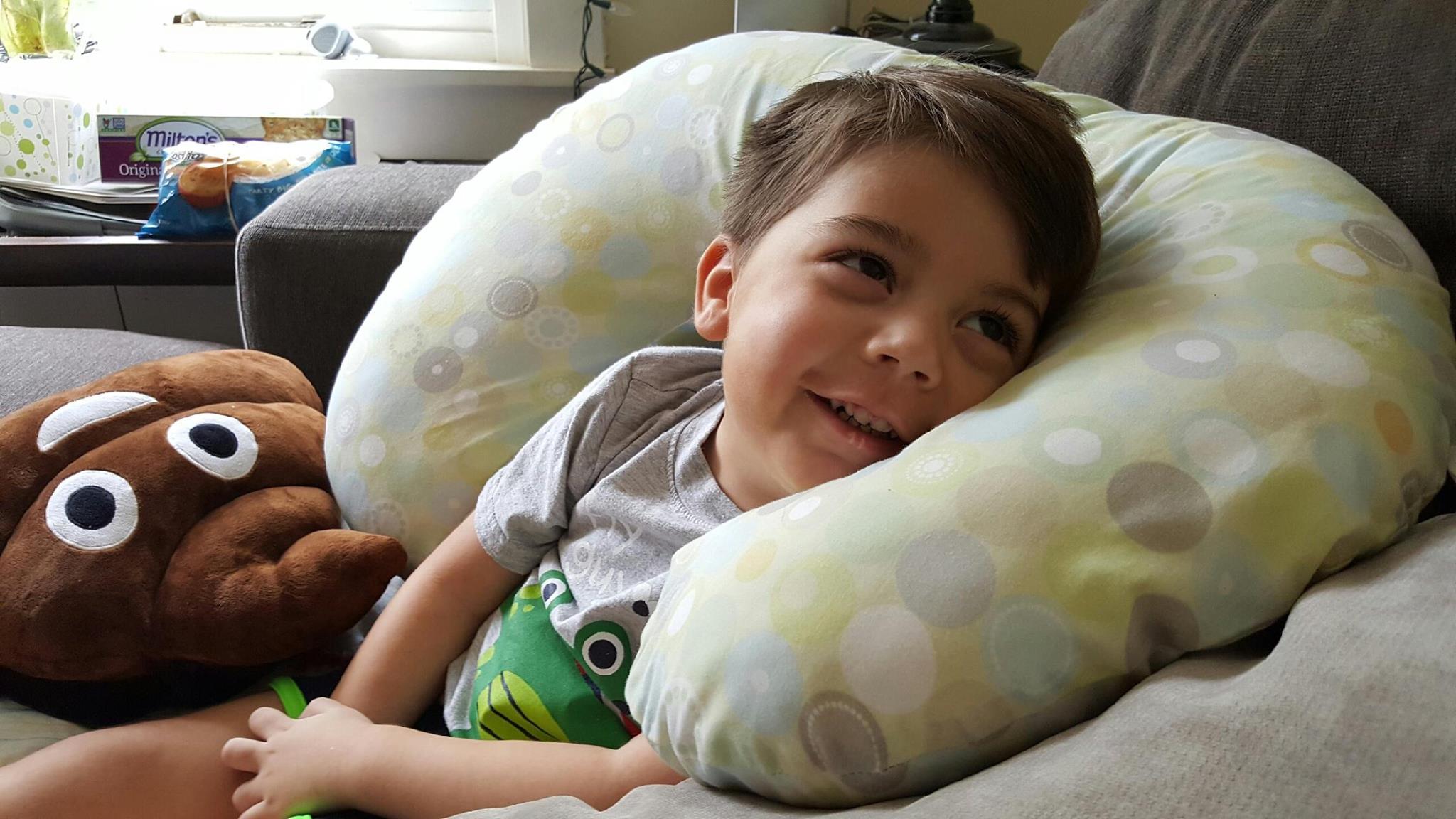
As a single mom, all of Owen’s care falls upon Mona’s shoulders. She has no time for hobbies or a social life, but she says that caring for Owen has broadened her perspective. Now, the trappings of modern life don’t matter as much as they once did. And while it’s difficult, Mona says that it’s absolutely worth doing.
“Owen’s life has value,” says Mona. “My job is to be his steward. Who knew?”
Owen passed in July 2023.

You are not alone.
If you’re struggling to find answers about your child, you are not alone. Trust your instinct, keep pushing for answers, and contact NTSAD’s Family Services team. We’ll provide accurate information on symptoms and diagnostic tools, as well as personal support you can rely on.
If you’re a healthcare provider, please do not dismiss the concerns of parents. Contact NTSAD’s Family Services team for more information on symptoms and diagnostic tools for Tay-Sachs and similar diseases.
If you would like to help support Rare families like Mona and Owen, please consider making a gift to NTSAD’s annual fund, which provides programs, services, and support to individuals and families at no charge.

